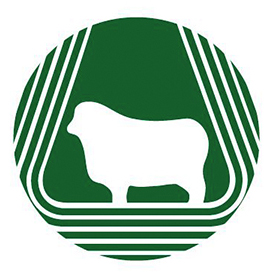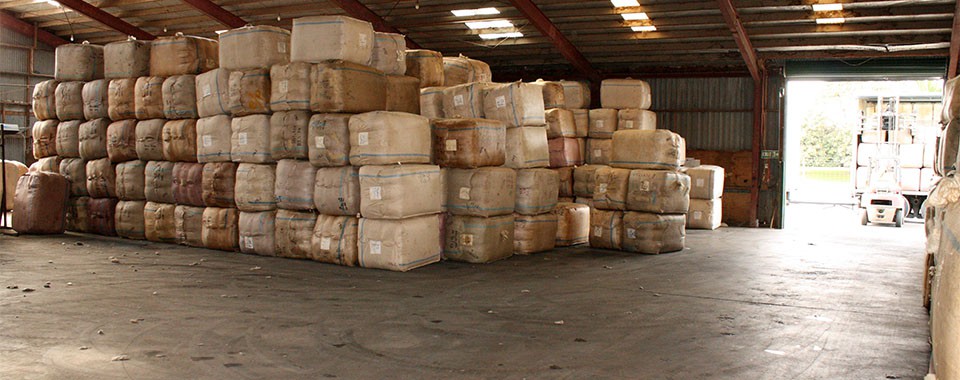


Shed preparation is an extremely important part of harvesting your woolclip, skirting levels are often dependent on the quality of the wool you are clipping at any given time and what the marketplace requires on the day. Always bear in mind, the level of preparation in the shed influences where and how that particular wool can be used in further processing and ultimately the price you receive.
However there are some fundamentals that should never be ignored, basics such as emptying sheep out properly, ensuring all sheep are free of dags goes without saying, also removal of black fibre and any wools contaminated by markers whether they be chalk raddle, tupping crown, spray-on markers or any other form of artificial marker.
Variation in wool type (or fault) between different mobs.
Often one particular mob may contain a higher degree of particular fault than another, eg. Seed or thistle. In this situation the mob containing the seed problem may require a much higher level of skirting than the balance of the line or may need to be isolated completely and sold as a different line. This pertains to breed, length, colour, fineness and any fault.
Be aware, over-skirting may not always increase your returns. Generally poor colour wools do not require the same level of skirting that better colour wools require. Alternatively under-skirting good colour wools will lessen your returns. The balance should be right and carefully considered. Vegetable matter is always a problem. Remove as much as possible from the main body wool lines.
Enquire as to what the market is looking for before the commencement of shearing. This will assist you in making your decision. You may well be able to plan your preparation to maximise your returns for that clip.
Remember what the market wants today and what it will require in six months’ time may well be different.
Demand for specific types of wool is generally expressed in price, therefore if the wool you produce has the potential to meet the specific market requirements you should do your best to prepare your wool to suit. Preparation should be treated the same as any other commercial decision, so what is going to give you the best return. Your shearing should be able to assist you in determining what level of skirting is required, and supply the appropriate number of shed hands required to ensure this is
achieved. Ensure your woolshed is left tidy be the shearers and that everything can be pressed is pressed. Too often oddments, and at times some of the main line are left unpressed, and this generally results in the grower receiving significantly less for the fadges that are left to be sold.
Ensure bales are pressed to be a reasonable weight, not exceeding 200kgs and that bales are neatly pressed and clearly marked and recorded. It is also very helpful if a specification accompanies any wool in transit. Light weight bales are very costly to everyone. Ensure presses pack bales to the optimum.